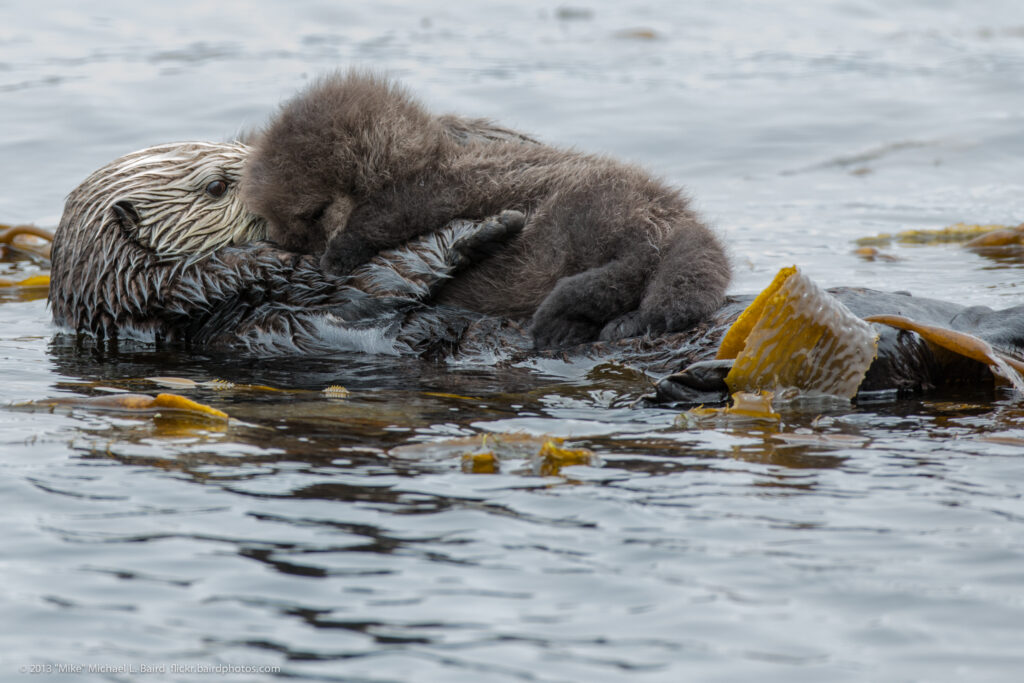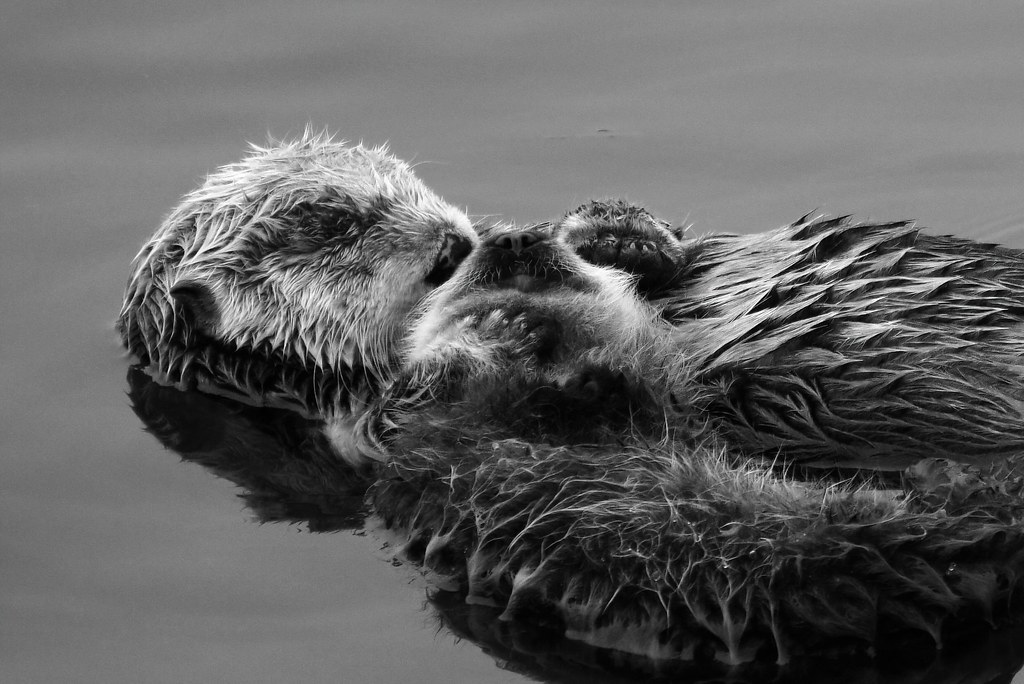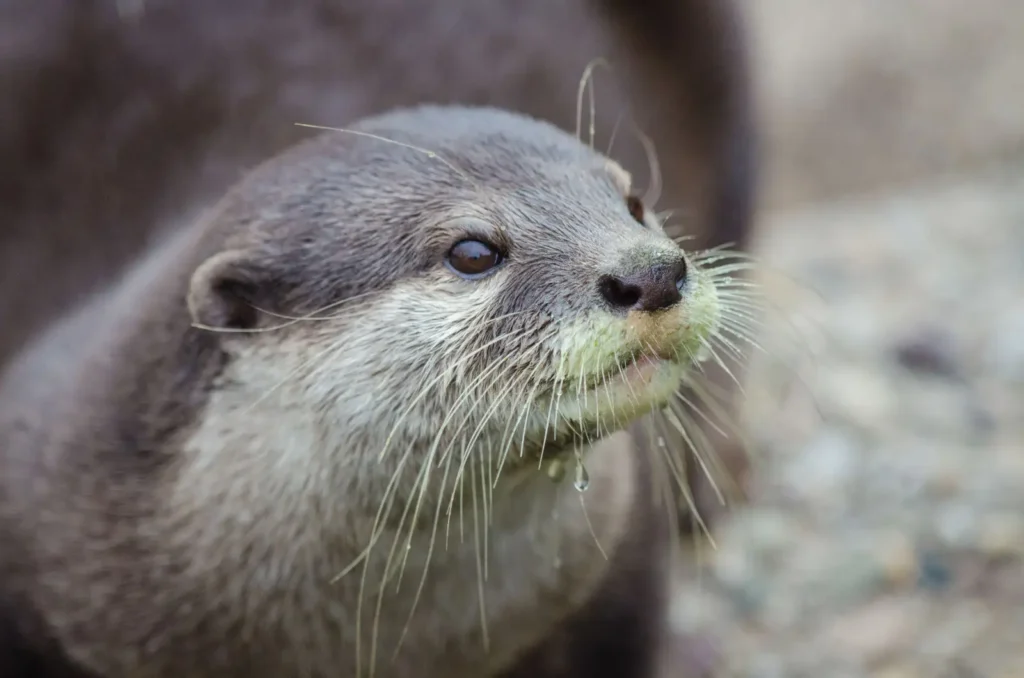The sea otter is one of the most fascinating and endangered mammals in the world. Their thick fur, curious eyes, and playful behavior capture people’s hearts. However, their existence is currently under threat due to pollution, habitat destruction, and human activity. In particular, the survival rate of orphaned or endangered pups is very low. This is where aquariums play an extraordinary role—they create ‘surrogate mothers’ who teach these orphaned pups the essential skills for motherhood and survival, demonstrating exactly Surrogate Otter Moms: How Aquariums Save Stranded Pups. The behind-the-scenes programs at some aquariums in California and Chicago are a brilliant example of this life-saving effort.
Why Do Surrogate Otter Moms Matter?
A mother’s care is essential for the survival of sea otter pups. Mothers teach them how to swim, keep their fur clean (grooming), hunt, and protect themselves from predators. For the first six months to a year after birth, pups are completely dependent on their mother. If a pup loses its mother for some reason, its chances of survival in the natural environment become almost zero.

Saving otter pups under human care is very challenging. They need 24-hour care, which includes regular feeding, fur grooming (because they get cold if their fur dries improperly), and teaching them social and behavioral skills. Humans cannot meet all these needs because human body odor, size, and behavior are not suitable for an otter’s natural learning process. This is where the idea of surrogate mothers comes in—adult otters who have not naturally had the opportunity to become mothers or lack the ability to do so are trained to care for these orphaned pups, showcasing Surrogate Otter Moms: How Aquariums Save Stranded Pups.
California’s Program: Monterey Bay Aquarium
The Monterey Bay Aquarium in California is a pioneer of the surrogate mother program. For more than 40 years, they have successfully saved hundreds of orphaned otter pups using this method and returned them to their natural environment, embodying the spirit of Surrogate Otter Moms: How Aquariums Save Stranded Pups.
Program Procedure:
Rescue and Primary Care:
When an orphaned otter pup (usually very young, from a few days to a few weeks old) is rescued, it is quickly brought to the aquarium. Initially, human caretakers provide intensive care, as the pup’s chances of survival at this stage are very low.
Surrogate Mother Selection:
A suitable “surrogate mother” is selected from the aquarium’s own otter team. Generally, these otters either haven’t been mothers naturally or are past their breeding age. The important thing is that this otter should have a calm nature and maternal behavior.
Maternal Training and Pup Introduction:
The surrogate mother is gradually introduced to the pup. Initially, they are kept separate with a mesh or glass barrier so they can feel each other’s scent and presence. The surrogate mother is taught using ‘positive reinforcement’ that she will be rewarded (e.g., with food) if she cares for the pup.
Pairing and Education:
Once the surrogate mother accepts the pup, the real training begins. The mother teaches her pup to swim, how to groom its fur, dive, and find prey—all these skills that are vital for survival in the natural environment. Human caretakers do not directly interfere in this process; they only supply food and monitor health. Their goal is to ensure the pup does not become dependent on humans.

Release into the Wild:
When the pup is deemed mature enough and capable of surviving independently, it is tested. If it has successfully mastered all skills, it is returned to the wild environment along the California coast. The success rate of the Monterey Bay Aquarium in this regard is very good; a significant portion of their released otters survive and breed in the wild, exemplifying Surrogate Otter Moms: How Aquariums Save Stranded Pups.
Chicago’s Program: Shedd Aquarium
Although the Shedd Aquarium in Chicago does not directly release otters into the wild, they provide excellent care and education for endangered otter pups. They primarily shelter otters that have no chance of surviving in the wild. Their program emphasizes education and conservation, showcasing another facet of Surrogate Otter Moms: How Aquariums Save Stranded Pups.
Educational Role:
The otters at Shedd Aquarium serve as educational tools for the public. Visitors can observe the otters’ behavior and learn about their conservation. This increases awareness about the marine environment and the importance of conserving its animals.
Research:
Aquarium scientists research the otters’ behavior, health, and nutrition, which plays an important role in the conservation of endangered species.
Surrogate Mother Role:
The concept of the surrogate mother is also used here, but its purpose is not rehabilitation; it is primarily about life-saving and care. For pups that are too young to be released into the wild, this program provides a safe haven.
Challenges and Success:
The surrogate mother program is an extremely challenging endeavor. Success requires patience, scientific knowledge, and extremely careful observation. The main challenges include:
Finding Appropriate Surrogate Mothers: Not all adult otters may exhibit maternal behavior.
Pup Health: Rescued pups are often weak and ill.
Limiting Human Contact: It is very difficult to ensure that the pups do not become dependent on humans.
However, despite these challenges, these programs have achieved great success. Institutions like the Monterey Bay Aquarium are making significant contributions to maintaining the balance of marine ecosystems by saving hundreds of otter pups and returning them to their natural environment. Institutions like Shedd Aquarium are indirectly helping to preserve otters through education and research, demonstrating the effectiveness of Surrogate Otter Moms: How Aquariums Save Stranded Pups.

Conclusion:
The surrogate otter mom program is not just about saving orphaned pups; it is a brilliant example of species preservation. Through this program, not only is the life of an individual animal protected, but its vital role in the marine ecosystem is also maintained. These selfless efforts, hidden behind the aquarium screens, prove that it is possible to protect endangered animals through science, empathy, and hard work. Such programs remind us how indispensable the role of humans is in nature conservation, truly embodying the impact of Surrogate Otter Moms: How Aquariums Save Stranded Pups.

